If you were captivated by the gripping documentary 'Passage to Mars' (2016), which chronicles a daring Arctic expedition mirroring the challenges of a Mars mission, you'll love these 10 similar films and shows. This article explores titles that share themes of space exploration, survival against the odds, and the human spirit's resilience, perfect for fans of adventure and science documentaries.
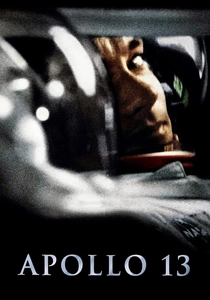
Apollo 13 (1995)
Description: A real-life story of survival and teamwork during a failed lunar mission, emphasizing problem-solving under extreme pressure.
Fact: The famous line 'Houston, we have a problem' was slightly altered from the actual Apollo 13 transcript, which read 'Houston, we've had a problem.'
 Watch Now
Watch Now 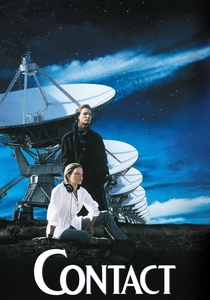
Contact (1997)
Description: Blends science and spirituality in a story about first contact with extraterrestrial intelligence, focusing on the protagonist's personal and professional journey.
Fact: The film is based on a novel by Carl Sagan, who was heavily involved in the project until his death in
 Watch Now
Watch Now 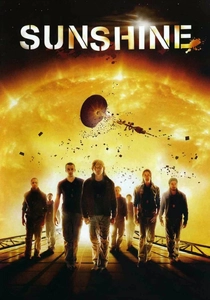
Sunshine (2007)
Description: A mission to reignite the dying sun combines hard science fiction with psychological tension and existential themes.
Fact: The film's visual effects were praised for their realistic depiction of the sun, achieved through a combination of practical effects and CGI.
 Watch Now
Watch Now 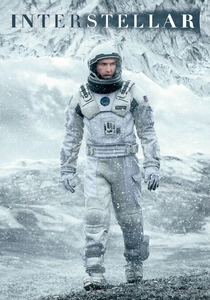
Interstellar (2014)
Description: Explores space exploration and the human spirit's resilience, with a strong emphasis on scientific accuracy and emotional depth.
Fact: The black hole in the film, named Gargantua, was rendered using equations from physicist Kip Thorne, resulting in the first accurate visualization of a black hole.
 Watch Now
Watch Now 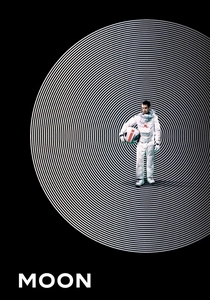
Moon (2009)
Description: A psychological thriller set on the lunar surface, delving into themes of isolation, identity, and corporate exploitation.
Fact: The film was made on a modest budget of $5 million and used miniature models instead of CGI for many of its space scenes.
 Watch Now
Watch Now 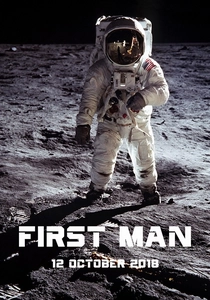
First Man (2018)
Description: Chronicles the challenges and triumphs of space exploration, focusing on the personal and professional struggles of an astronaut.
Fact: The moon landing scenes were shot using IMAX cameras to enhance the immersive experience, and real NASA footage was incorporated into the film.
 Watch Now
Watch Now 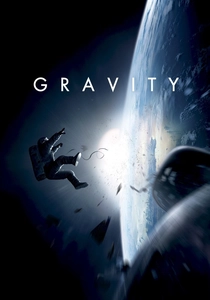
Gravity (2013)
Description: A tense survival story set in space, highlighting the isolation and danger of being stranded in orbit.
Fact: The film's opening shot is a continuous 12-minute take, one of the longest in cinema history, achieved through complex CGI and camera work.
 Watch Now
Watch Now 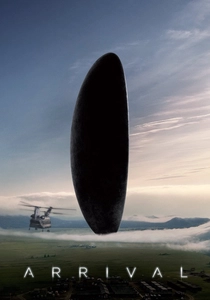
Arrival (2016)
Description: A cerebral take on alien contact, emphasizing linguistics and communication, with a strong emotional core about time and human connections.
Fact: The alien language in the film was created by a professional linguist, and its circular design was inspired by the concept of non-linear time.
 Watch Now
Watch Now 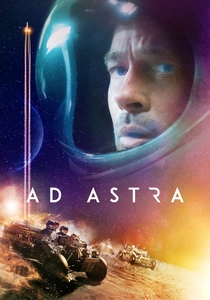
Ad Astra (2019)
Description: A contemplative journey through the solar system, exploring themes of loneliness, father-son relationships, and the search for meaning.
Fact: The film's production team consulted with NASA to ensure the depiction of space travel and technology was as realistic as possible.
 Watch Now
Watch Now 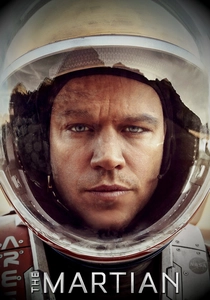
The Martian (2015)
Description: Focuses on human survival and ingenuity in the harsh environment of Mars, blending science with a gripping narrative.
Fact: The film's depiction of Mars was based on real scientific data from NASA, and it won the Golden Globe for Best Motion Picture – Musical or Comedy.
 Watch Now
Watch Now 








